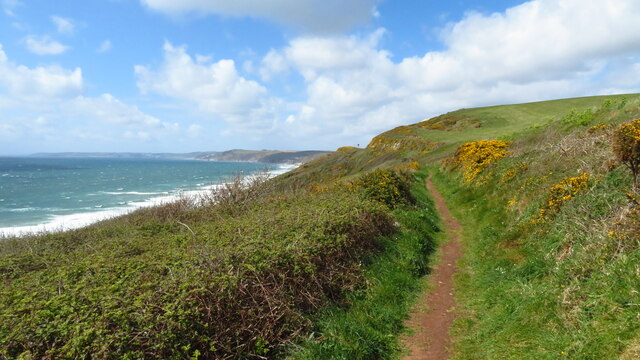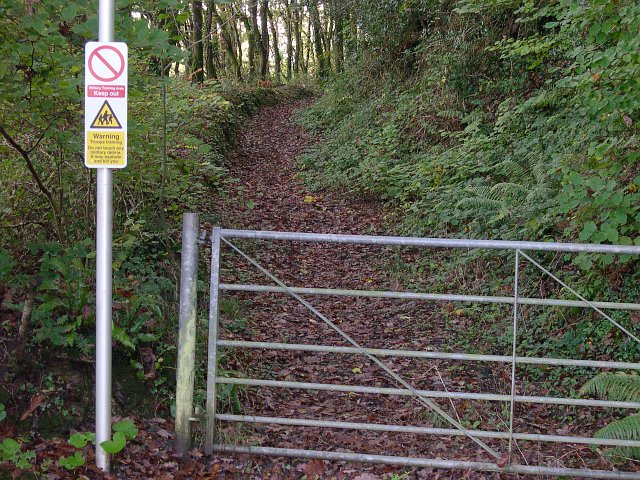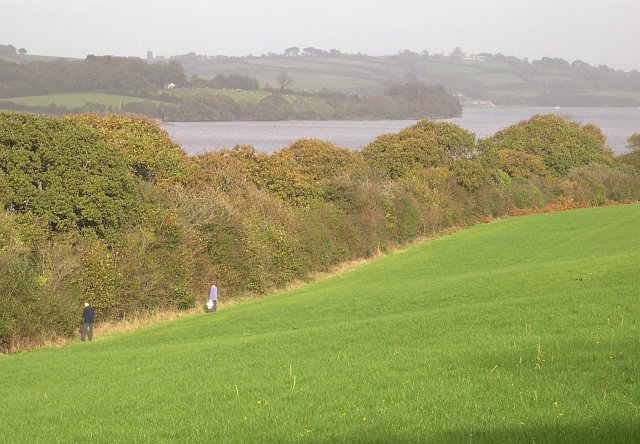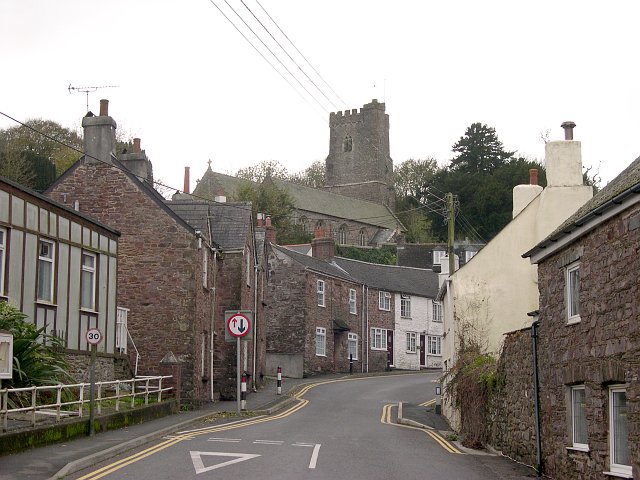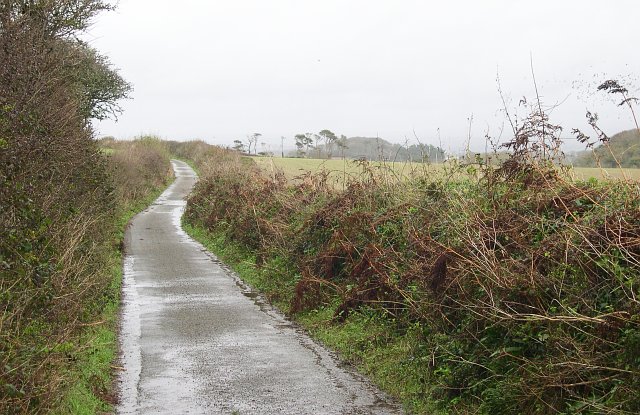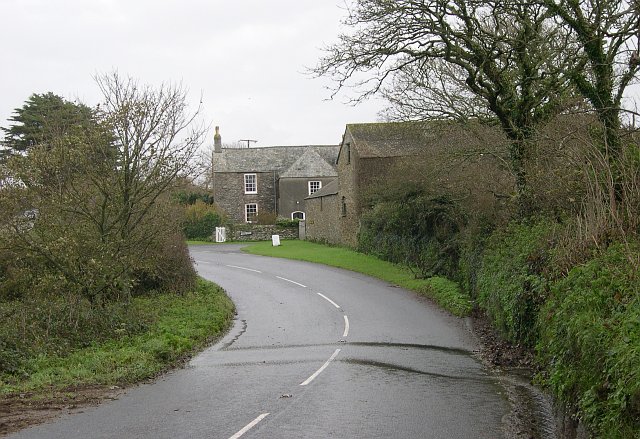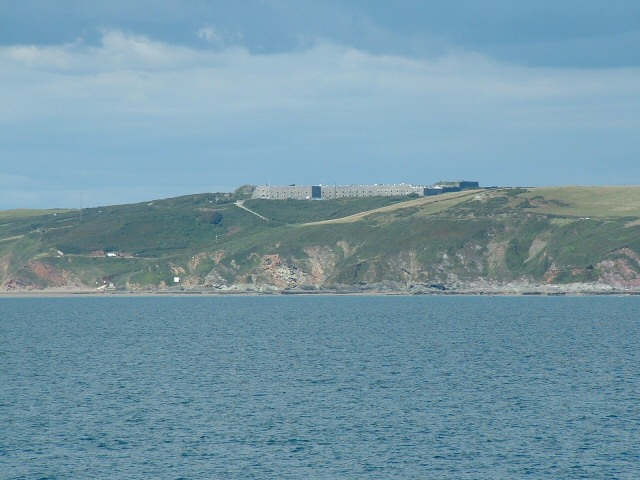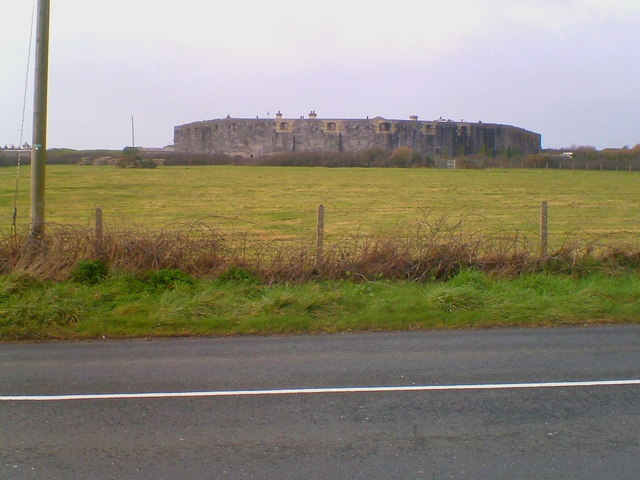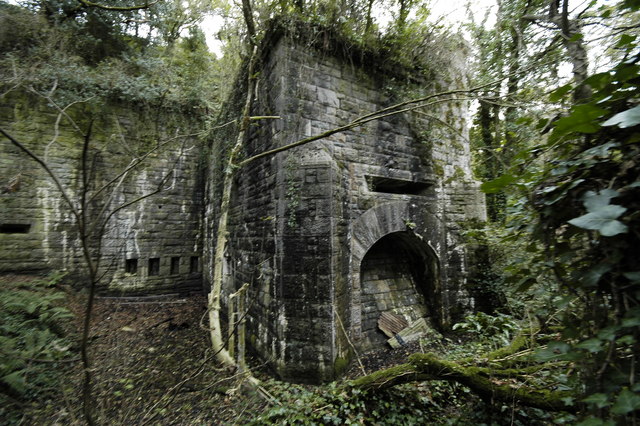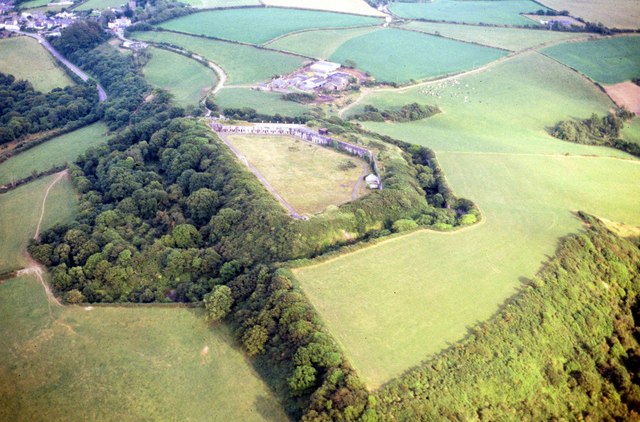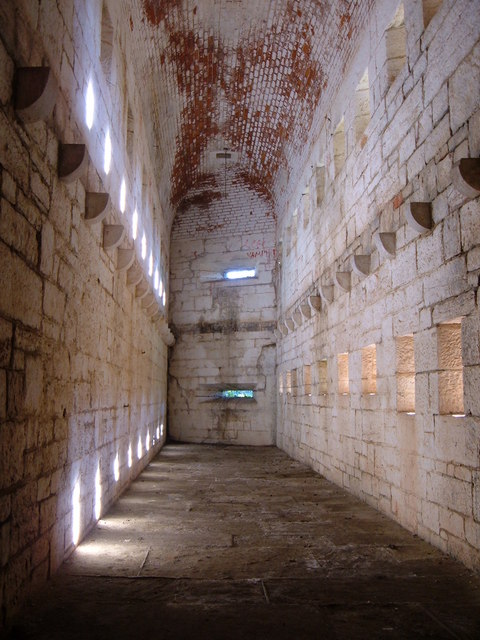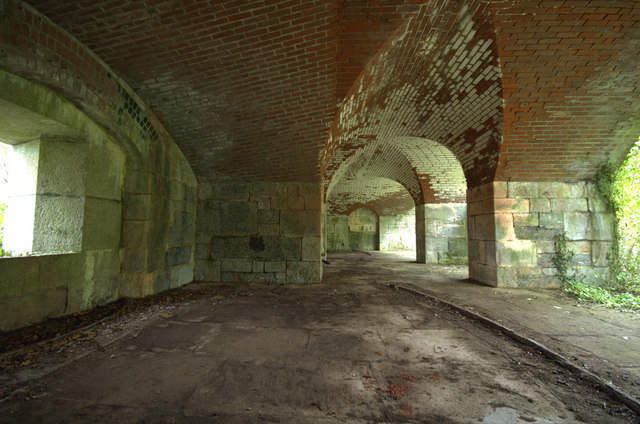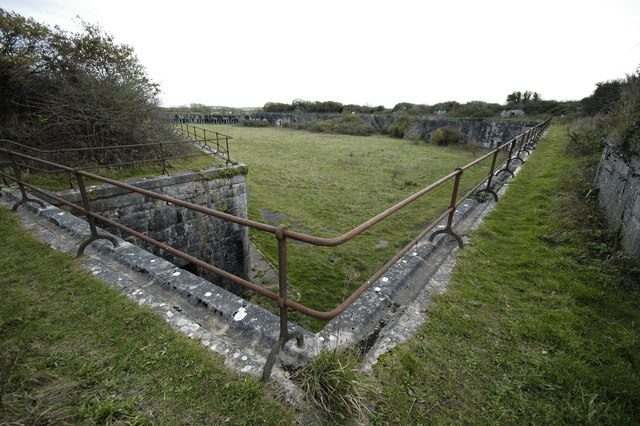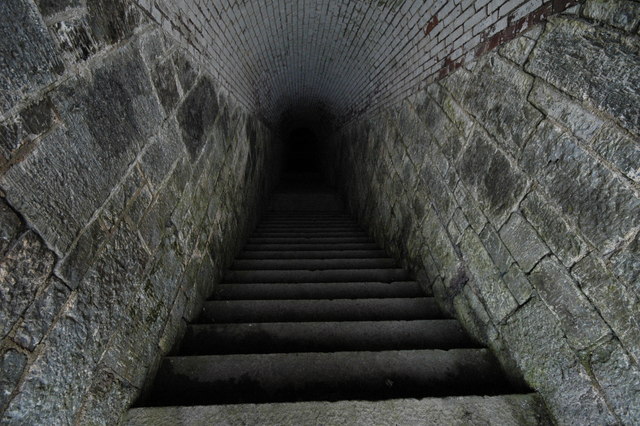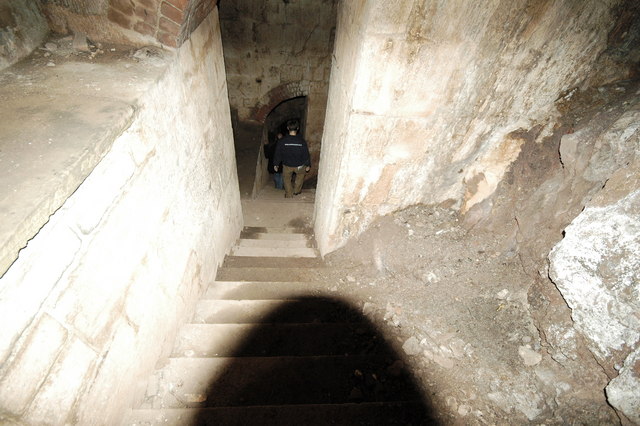Scraesdon Fort
Heritage Site in Cornwall
England
Scraesdon Fort
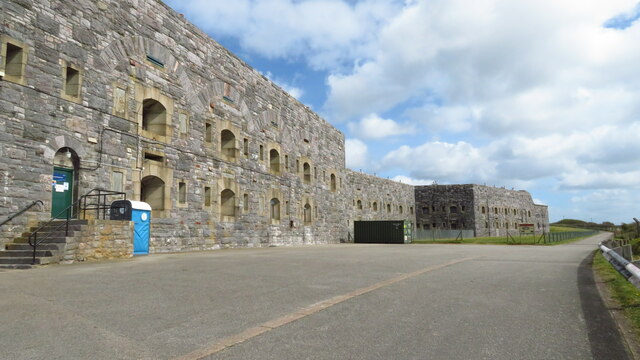
Scraesdon Fort, located in Cornwall, England, is a historic heritage site that holds great significance. Built between 1892 and 1896, the fort was part of a series of coastal defenses constructed to protect Britain from potential invasions during the late 19th and early 20th centuries.
Situated on a cliff overlooking the picturesque Whitsand Bay, Scraesdon Fort offered a strategic vantage point for monitoring and defending the coastline. It consisted of underground tunnels, gun emplacements, and living quarters for the soldiers stationed there. The fort was armed with powerful artillery pieces, including 9.2-inch guns, which were capable of firing shells over long distances.
During World War I, Scraesdon Fort played a crucial role in safeguarding the coast against potential attacks from German forces. However, with the advancement of military technology in the following decades, the fort's significance diminished, and it eventually became obsolete.
Today, Scraesdon Fort is open to the public as a heritage site, providing visitors with a unique glimpse into the area's military history. Guided tours offer a chance to explore the underground tunnels and witness the remnants of the original artillery installations. The fort's commanding view of Whitsand Bay also provides visitors with breathtaking panoramic vistas of the surrounding coastal landscape.
Scraesdon Fort stands as a testament to the ingenuity and defensive capabilities of Britain's coastal defenses during a significant period in its history. It serves as a reminder of the importance of protecting the nation's shores and offers an educational experience for those interested in military history and the heritage of Cornwall.
If you have any feedback on the listing, please let us know in the comments section below.
Scraesdon Fort Images
Images are sourced within 2km of 50.368/-4.257 or Grid Reference SX3954. Thanks to Geograph Open Source API. All images are credited.

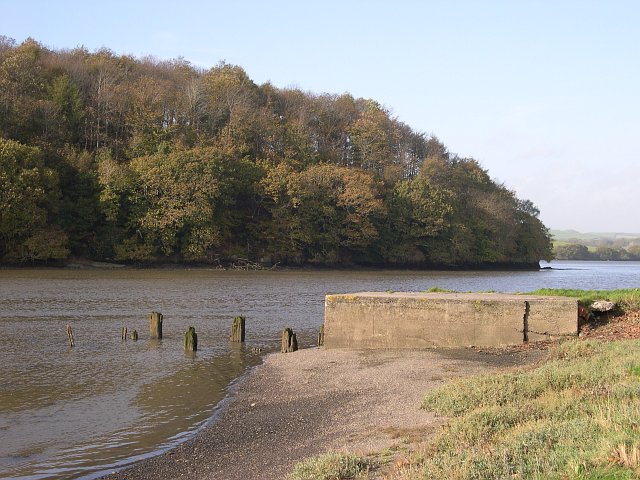
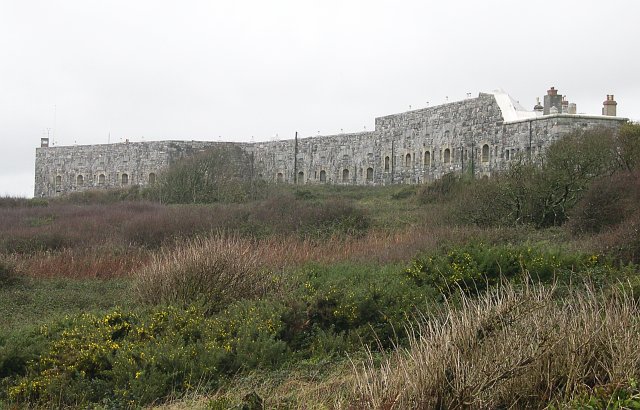
Scraesdon Fort is located at Grid Ref: SX3954 (Lat: 50.368, Lng: -4.257)
Unitary Authority: Cornwall
Police Authority: Devon and Cornwall
What 3 Words
///bibs.contact.narrowest. Near Millbrook, Cornwall
Nearby Locations
Related Wikis
Church of St James, Antony
The Church of St James is a Grade I listed 12th-century Anglican parish church in Antony, Cornwall, England. == History == The church is located in Antony...
Antony, Cornwall
Antony (Cornish: Trevanta) is a coastal civil parish and a village in Cornwall, England, United Kingdom. The village is situated on the Rame Peninsula...
Scraesdon Fort
Scraesdon Fort, near the village of Antony, is one of several forts in South East Cornwall which formed part of the ring of forts surrounding Plymouth...
Lower Tregantle
Lower Tregantle is a hamlet in Cornwall, England, UK. It is about half a mile south of Antony; Higher Tregantle is about a quarter of a mile further south...
Nearby Amenities
Located within 500m of 50.368,-4.257Have you been to Scraesdon Fort?
Leave your review of Scraesdon Fort below (or comments, questions and feedback).
